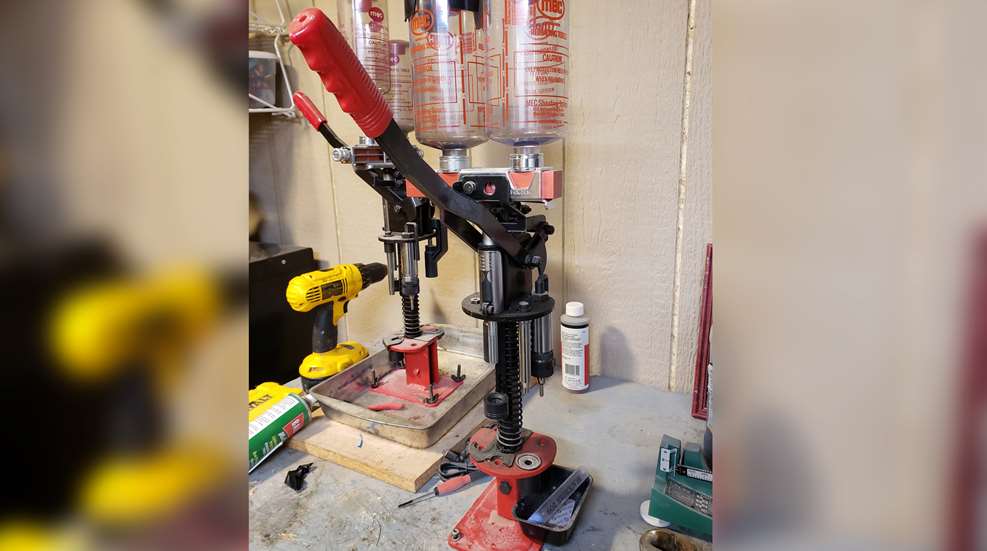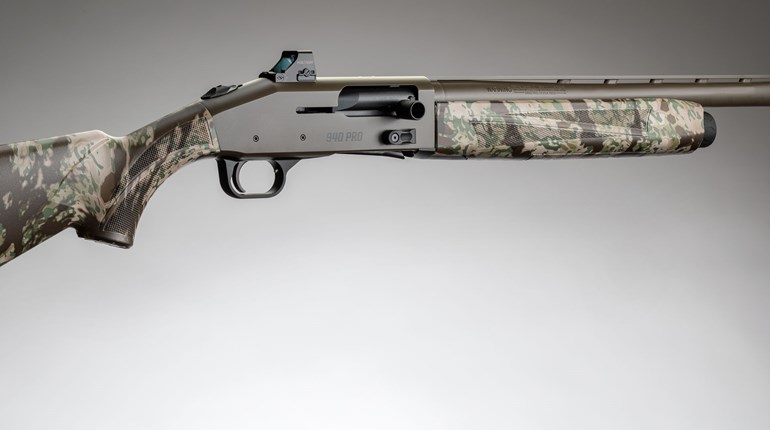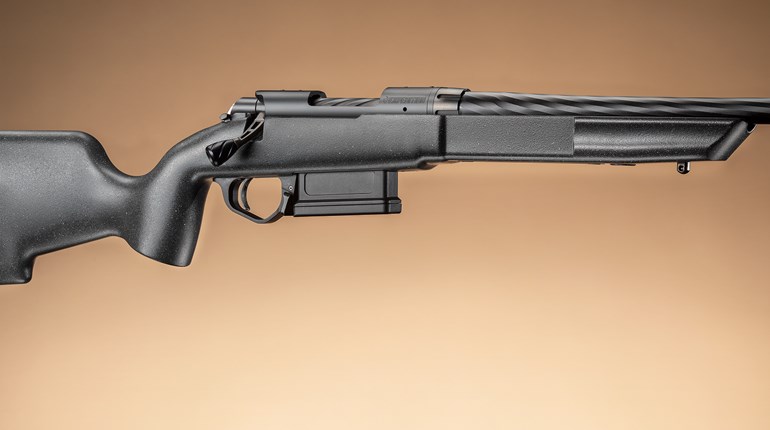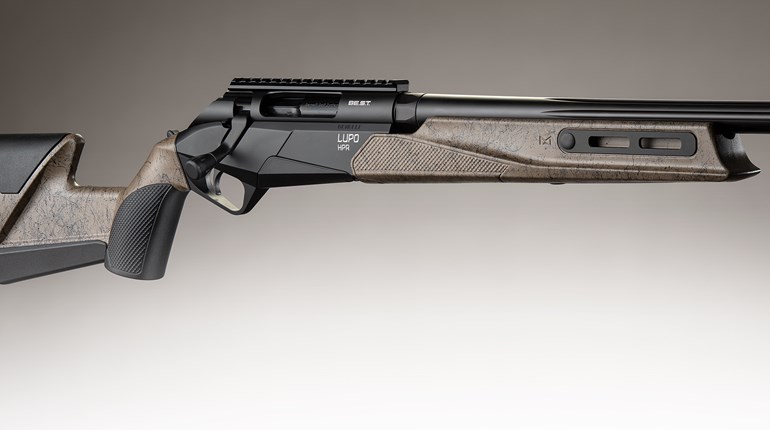
When someone asks me the old question of “If you could only have one gun …” my typical response, naturally, is, “A 12-gauge shotgun.” If they press me as to why, I delve into the myriad advantages a shotgun offers, from its deadliness, versatility in hunting and defense and its usefulness in hypothetical survival situations. But, another reason that’s not often cited is the ease with which a shotshell can be reloaded.
Reloading your own shotgun shells offers four primary advantages: It can save you money. It can replenish your ammo supply even in times when loaded shells are tough to find. Reloading allows you to experiment with various loads and shot sizes that you may not be able to easily find in stores. Lastly, it’s a cathartic and relaxing activity that serves an important purpose.
Please note that this column is not intended as a guide on how to reload shotshells; plenty of in-depth books, articles and manuals abound. (If you wish to take up reloading, I recommend “Lyman’s Shotshell Reloading Handbook, 5th Edition.”) In general, however, the process is simple, safe (provided common sense is used) and easy. It consists of seven basic steps, including:
1. Sizing and depriming the hull
2. Seating the new primer in the hull
3. Charging with powder
4. Placing the wad
5. Filling with shot load
6. Starting the crimp
7. Fully crimping
Although a resourceful individual could possibly perform these steps by hand or with a drill press if needed in a true survival situation, in all practical scenarios a shotshell-reloading press is needed, of which there are two types: A single-stage press performs all the above steps, but requires the operator to move the shell to each stage manually. The single stage’s benefit is that it’s inexpensive. Lee’s Load-All 2 press costs just $72 at major online retailers, for example.
Meanwhile, a progressive press automatically rotates each shell through each step, so that every time the lever is operated, a fully reloaded shell is produced. Its advantage, of course, is that it’s fast; once the progressive press is set-up and filled with each component (primers, wads, hulls, powder and shot) producing a box of 25 ready-to-shoot shells can be accomplished in around 5 minutes. A fully progressive press such as MEC’s 8567N Grabber sells for $593.
Years ago, reloading your own shells could save you copious cash. Now, however, thanks to rising prices of commodities such as lead shot and powder, don’t expect to save all that much money, especially when reloading common birdshot loads. After shotgun primers, wads, powder and shot are purchased at bulk discount prices and shipped to your house, you can expect to produce a box of shells (in birdshot sizes) for around $6 per box—and that’s not factoring in the cost of the press and your time. Right now, a box of 12-gauge No. 8 target loads from major retailers costs $7.99. That’s about a $2 savings per box, or less if you buy the shells by the case.
On the other hand, reloading specialty or defensive loads can save significant sums of cash. For example., you can buy a 25-pound bag of buckshot (000, 00, 1, 3 or 4) for $89 each (when—although recent events make “if” a more likely event—they are in stock) at various online retailers. This bag would produce 364 rounds, or 72, five-round boxes of 00 buckshot loads. Considering store-bought buckshot typically costs between $10 and $15 per box of five, or $2 to $2.50 per round, you could save quite a bit, especially if you practice copiously, as any defensive shotgunner should. As a bonus, you can also experiment with various loads, such as No. 1, No. 3 and No. 4 buckshot, relatively cheaply to find out what patterns/penetrates/works best for you. Just beware: Varying and/or experimenting with powders and load combinations can create dangerous pressures in your shotgun. If you follow the recipes listed in loading manuals, however, you should be fine.
Finally, you could buy lead in bulk, melt it down and mold your own buckshot using a shot molding tool, but this kind of time commitment is beyond what most people are able to spare. The point is, it can be done in emergencies if buckshot becomes scarce or ridiculously priced.
Concerning hulls, you should know that not all plastic shotshell hulls are created equal. Remington STS and Winchester AA hulls are coveted by reloaders because the plastics used in their manufacture are of premium quality, meaning these hulls can be reloaded around five times before they are rendered non-reloadable. Many of the high-dollar buckshot and waterfowl rounds also use quality hulls, so if you plan on reloading for your shotgun, save them. It’ll save you money later.
Although I don’t reload as much as I should because it seems I’m perpetually short on time these days, each time I uncover the reloader and begin churning out shotgun shells I will use for hunting, skeet shooting, tactical practice and potentially home defense, it just makes me feel good—both the physical act of pulling the lever and the sound of the shot dropping into the hull. I also enjoy the mental aspect of knowing I’m doing something productive, much like chopping firewood and storing it for winter. Once properly set up with a press, an organized loading bench and all the necessary components, you’ll soon be producing viable ammunition for your shotgun that exceeds the quality of that available in stores, and for less cash. With a little planning, you can even make rounds when store shelves are scarce. Who among us doesn’t like the sound of that?





































